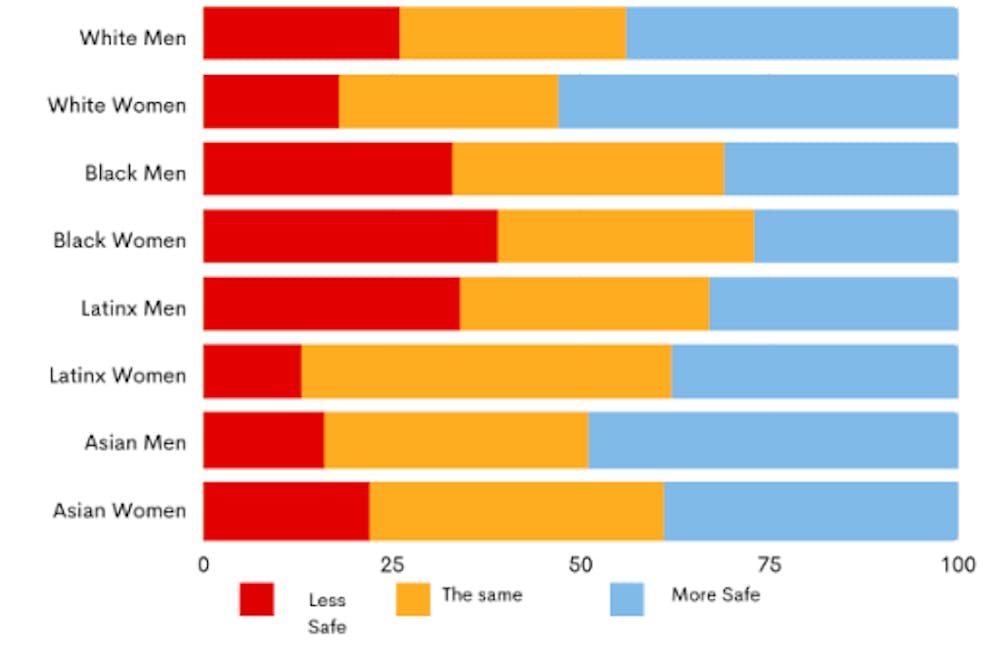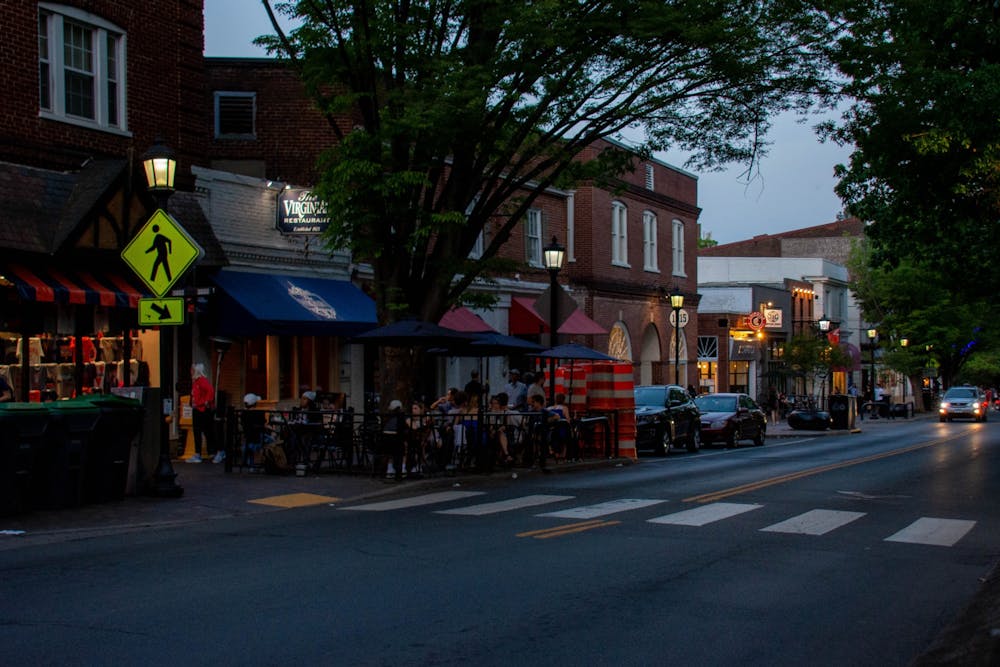A recent survey of over 1,100 University undergraduates reveals that most women surveyed feel unsafe on the Corner after 8 p.m. These results were not surprising to us and the other sociology students who gathered and analyzed this data, but another finding might surprise University administration — more police is not the answer.
Last fall, students in Sociology Prof. Rose Buckelew’s sociology course Race and Ethnic Relations collectively designed a survey as part of a semester-long classroom assignment. Students chose to study student perceptions of and experiences with safety and policing on and around Grounds and distributed the survey through their networks. With the help of former Student Council President Abel Liu, who promoted the survey in his bi-weekly newsletter, the survey gathered 1,168 responses and produced a roughly representative sample of University undergraduates by race. Tables with the survey results can be found at the end of this article. To contextualize our survey results, we conducted short informal interviews with students, in which we elicited their responses to key findings.
The survey results reveal a number of important findings, but here are three we want to highlight. Compared to men, women in all racial groups feel less safe on the Corner, although there are important differences by race. Table 1 illustrates that 49 percent of Asian women and 46 percent of Latinx women felt unsafe, followed by 42 percent of Black women and 37 percent of white women who felt unsafe. Again, this probably isn’t surprising to women University students, as third-year Batten student Avneet Chhabra, who explained that “obviously no woman really feels safe on the Corner past 8 p.m.” In referencing the differences by race, Chhabra added that there “have been people who I know who have been harassed for their skin color on the Corner past 8 p.m.”
The University’s response to concerns about safety has been to increase police presence through the Community Oriented Policing Squad, something that our findings suggest will not be effective and potentially harmful. Our survey results show that many students do not feel safe around University Police Department officers — especially Black women, Black men and Latinx men. Table 2 shows that 39 percent of Black women felt unsafe around UPD officers on the Corner or on Grounds, a feeling shared by 31 percent of Latinx men and 24 percent of Black men.
Further, our findings suggest that increasing University Police presence on and around Grounds and the Corner will not make most students feel considerably safer, and Black women, Black men and Latinx men will continue to feel less safe compared to their peers. As Table 3 presents, there is not a single group where a majority of students reported that an increase in UPD officers on and around Grounds would make them feel more safe. Moreover, in line with our second finding, 50 percent of Black women, 44 percent of Black men and 44 percent of Latinx men replied that an increase in UPD officers would make them feel less safe on and around Grounds. Further, as shown in Table 4, when students were asked specifically about the University's new effort to increase police presence through the COPS program, our findings suggest that only white women would benefit in terms of increased safety. In turn, a significant portion of Black women, Black men and Latinx men would feel less safe.
When we asked students to respond to our findings, a theme emerged best exemplified by third-year College student Siena Sandridge. “It’s the student body that’s being policed,” Sandridge said, adding that “You’re policing students.” For students of color, that policing feels even more targeted. Students have complained about harassment by UPD and have drawn attention to the disproportionate arrests made by UPD. In 2019, 32 percent of arrests made by UPD were of Black individuals, when the student body was only 6.5 percent Black and Charlottesville’s population was under 20 percent Black. Considering this, it is not surprising that someone like Chenelle Miller, a Black woman and fourth-year College student, would respond to our findings with, “I think it makes sense just because the presence of University Police and Charlottesville City Police in general just makes me feel tense.” Students of color have repeatedly drawn attention to their feelings of being targeted. In 2017 the Latinx Student Alliance condemned UPD officers for aggressively disrupting one of their gatherings. Additionally, last year a Black student organizer called attention to the UPD’s predatory practices of harassing student organizers.
We imagine that some reading this might see the ambassador program as an alternative to UPD officers. However, our findings show that not only would an increase in ambassadors not make the majority of students feel any safer, the patterns seen with policing hold and students of color would feel less safe with this increase. 22 percent of Black women, 21 percent of Latinx women, 20 percent of Black men and 19 percent of Latinx men report feeling unsafe around ambassadors.
Our survey supports what many students of color, especially Black students and student organizers have been saying — police do not make us feel safe. When the University responds to concerns of safety by increasing police, our survey shows they are not listening to students. The University seems to default to policing as a solution to safety concerns. As a faculty-student collaborative, we want to challenge the University to instead make evidence-based decisions that take into consideration the experiences and perspectives of all students. To that end, the University must take seriously how students experience safety and policing differently by race and gender. All students should feel safe on and around Grounds.
This opinion column was authored by Brooke Dinsmore, Philip Dimeglio, Leianis Gunn, Jade Pettaway, Cheryl Wilfred, Chloe Zehfuss, Ainsley Zimmer and Rose Buckelew.
Table 1. How safe do you feel alone on the Corner after 8 p.m.?
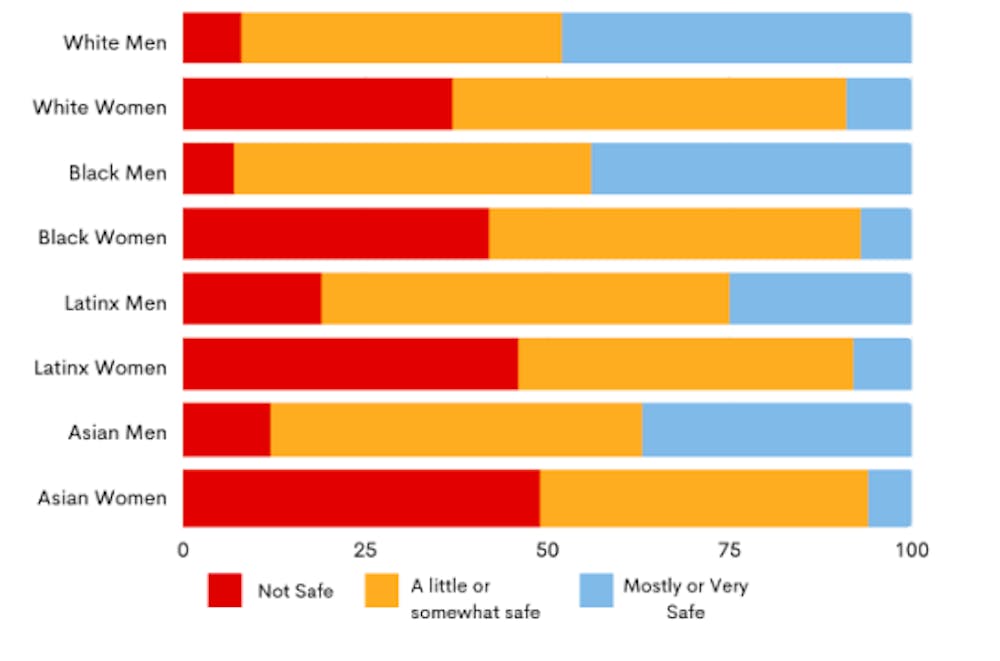
Table 2. How safe does UPD make you feel on the Corner or on Grounds?
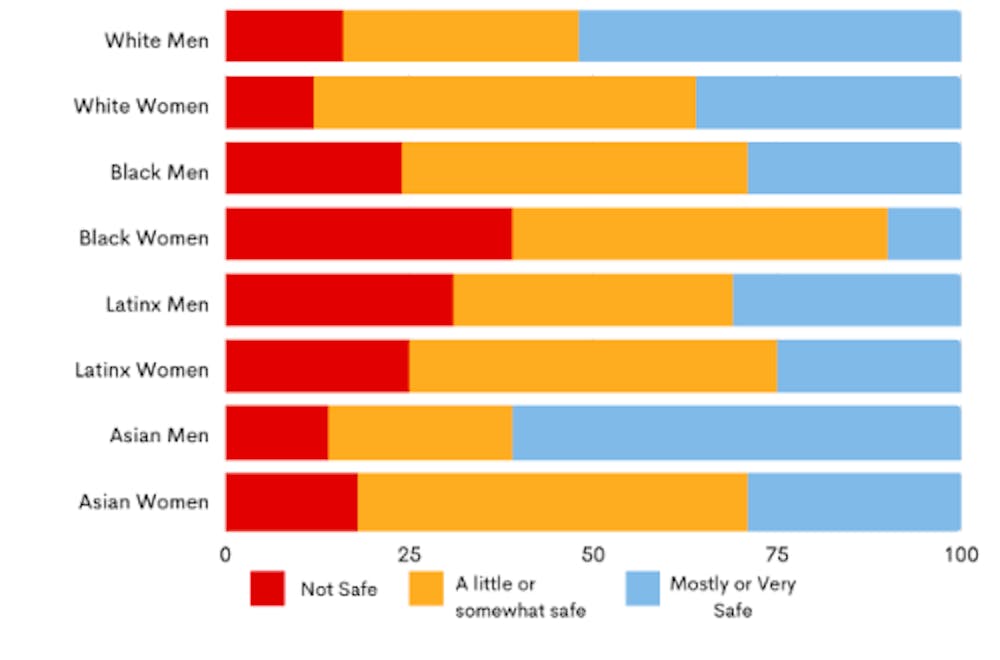
Table 3. How safe would an increase in University Police on and around Grounds make you feel?
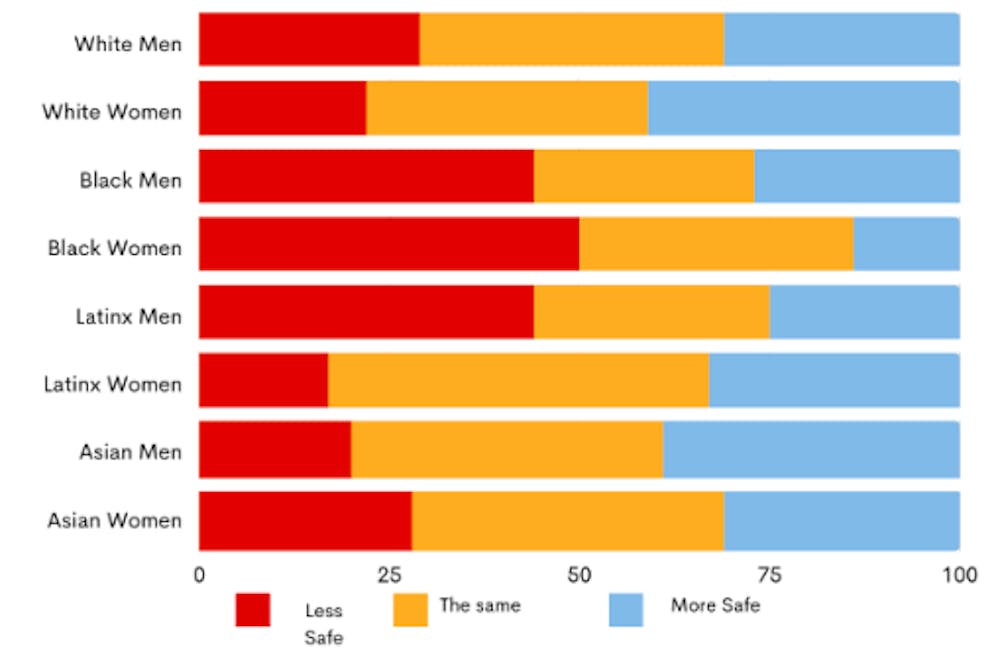
Table 4. How would the increase of University Police on the Corner — and surrounding areas — through the Community-Oriented Police Squad make you feel?
